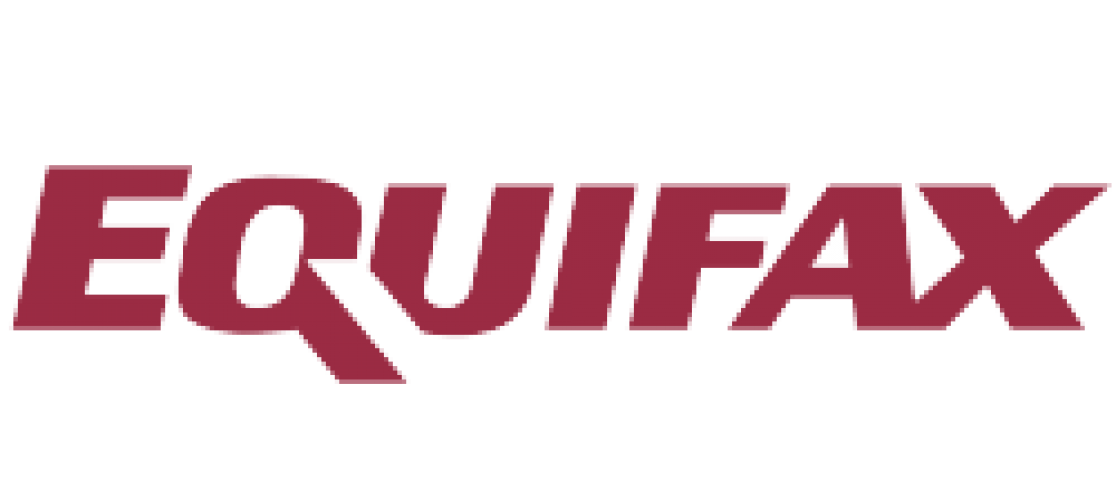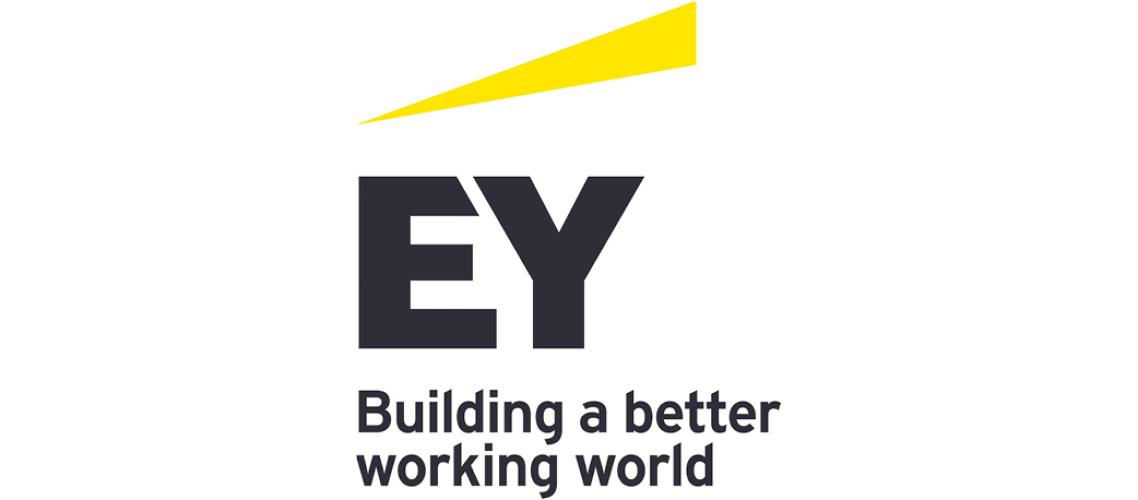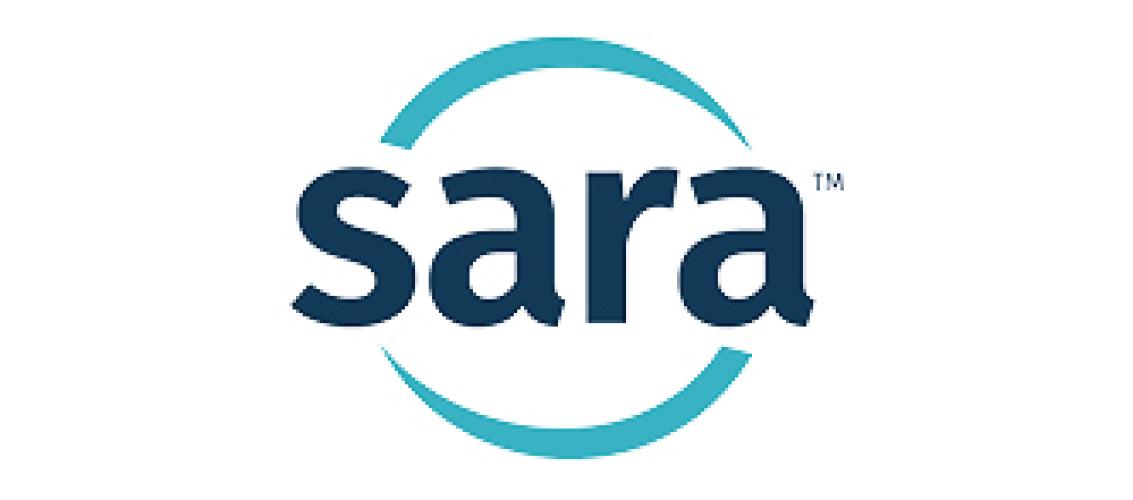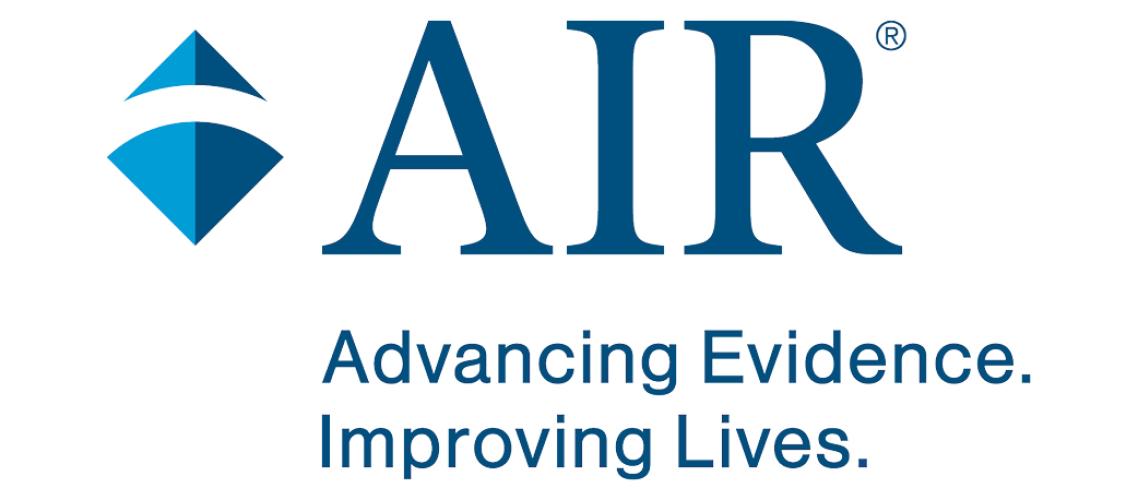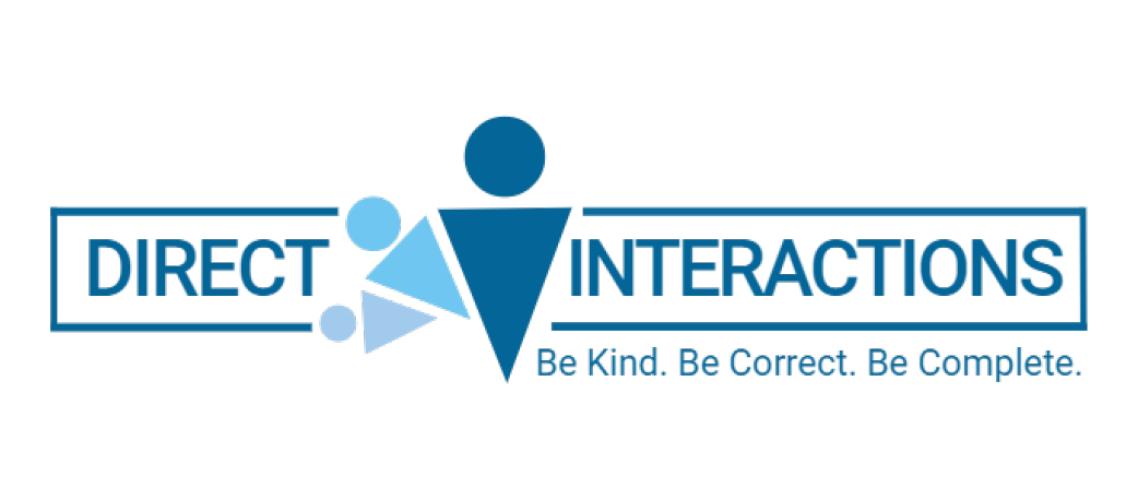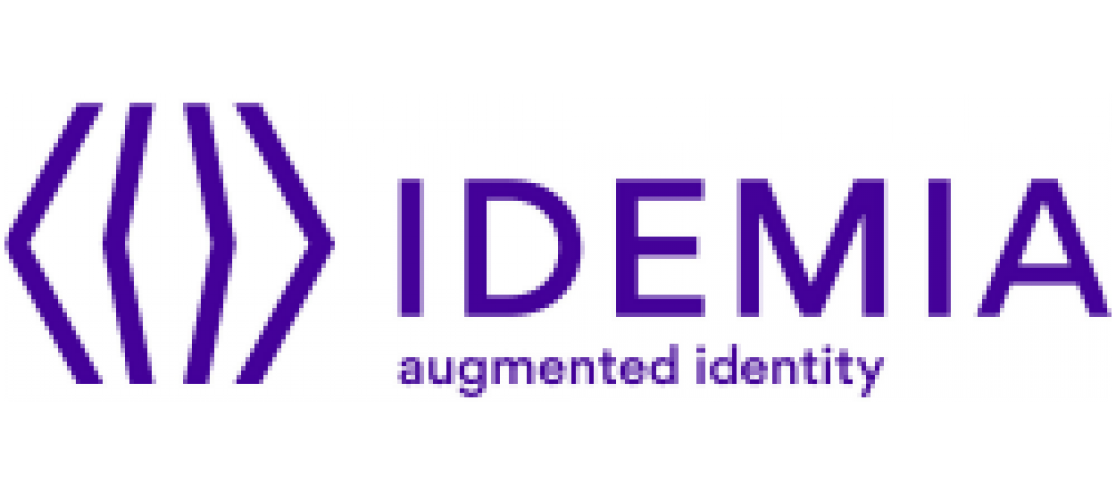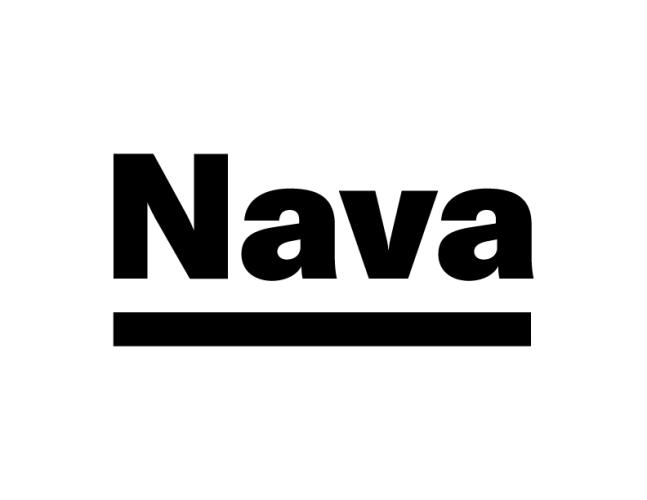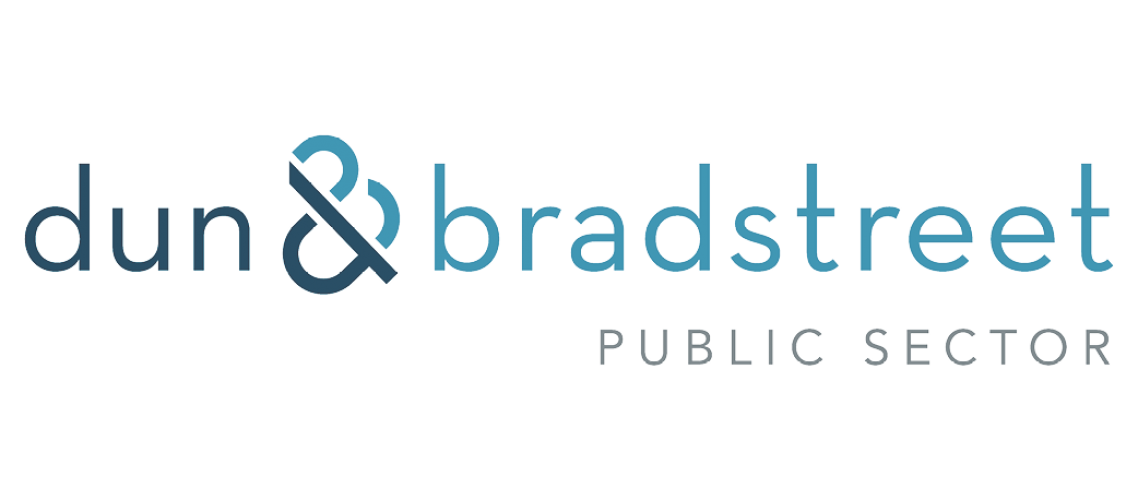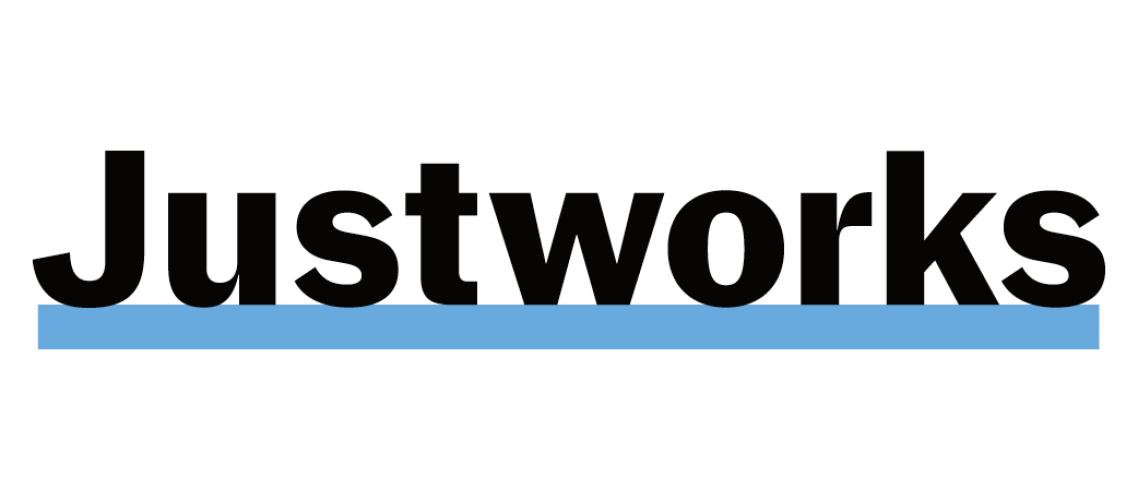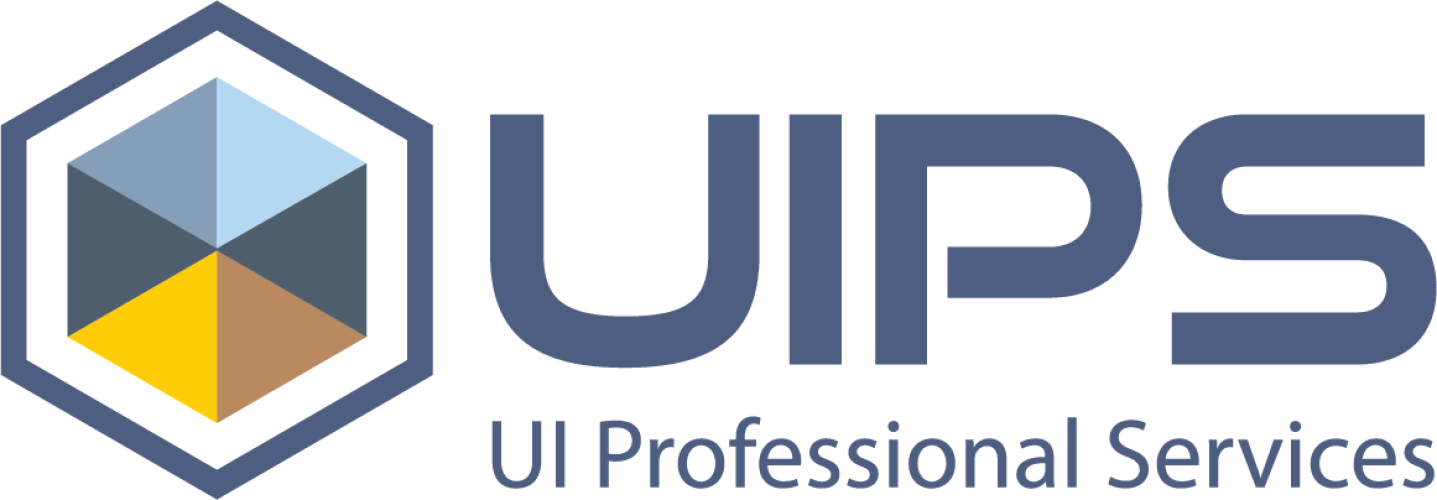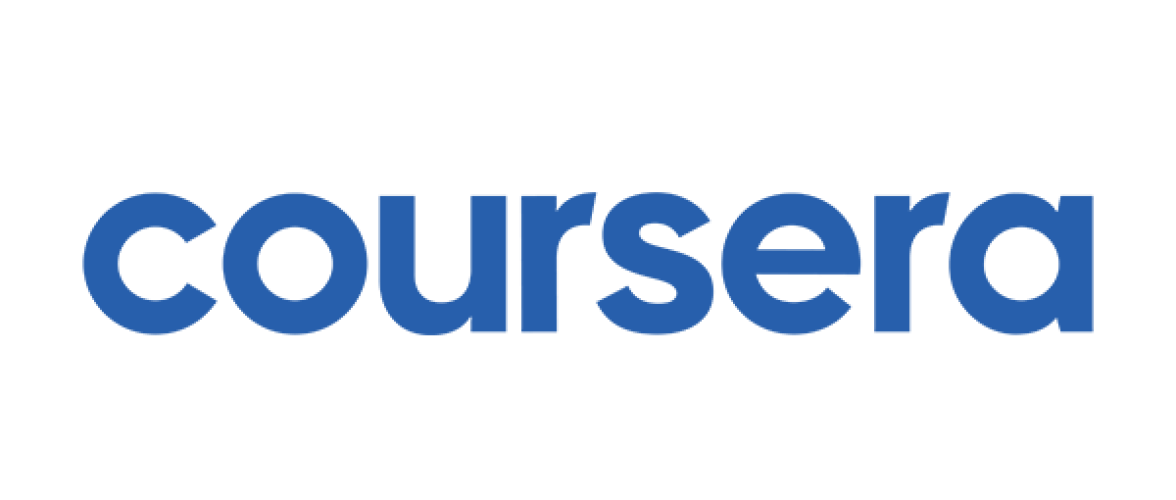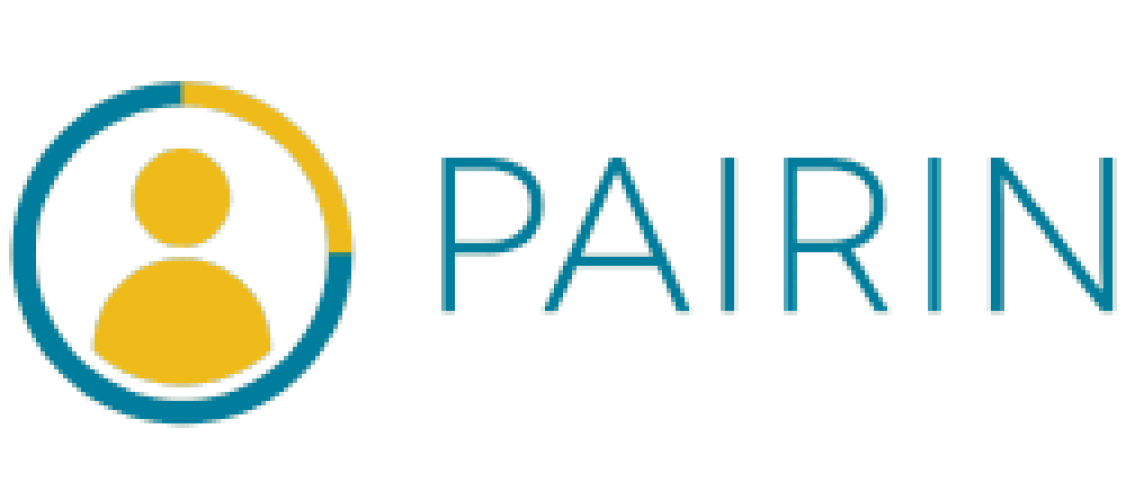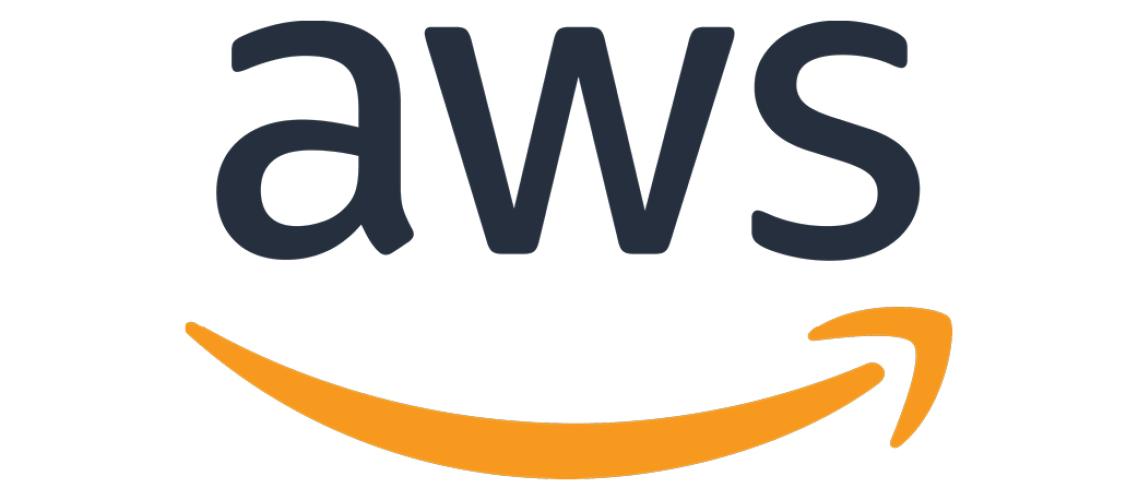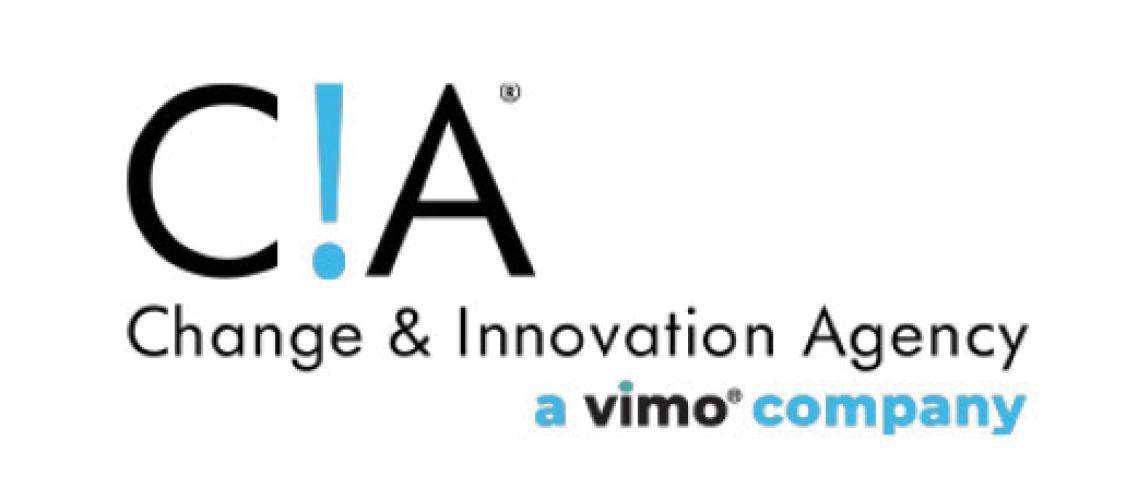Letter to Senate HELP and House Committee on Ed and the Workforce regarding National Directory of New Hires recommendations for WIOA
The Honorable Bernie Sanders
Chairman
Committee on Health, Education, Labor and Pensions
U.S. Senate
Washington, DC 20510
The Honorable Virginia Foxx
Chairwoman
Committee on Education and the Workforce
U.S. House of Representatives
Washington, DC 20515
The Honorable Bill Cassidy
Ranking Member
Committee on Health, Education, Labor and Pensions
U.S. Senate
Washington, DC 20510
The Honorable Bobby Scott
Ranking Member
Committee on Education and the Workforce
U.S. House of Representatives
Washington, DC 20515
Dear Chairman Sanders, Ranking Member Cassidy, Chairwoman Foxx and Ranking Member Scott:
This letter is in support of Section 303 of H.R. 6655 which seeks to ensure that state workforce agencies have access to and use of data contained in the National Directory of New Hires (NDNH) administered by the Social Security Administration under Section 453(J)(8) of the Social Security Act (42 U.S.C. 653(j)(8)).
One of the important provisions of the Workforce Innovation and Opportunity Act of 2014 (WIOA) – carried over from the Workforce Investment Act of 1998 – was a provision which required the Secretary of Labor to arrange for the sharing of wage data across the states in order to report on pre and post earnings when it involved a person moving to or leaving the state (or just a cross-state commuter). This reduced the amount of manual follow-up required to obtain that information. Rather than wasting resources chasing data to prove an outcome, those resources could be spent helping the next person obtain the outcome.
However, not everybody shows up in wage data. Many people are employed but not working for an employer that reports wage records or who is self-employed or a contract or gig worker. Gathering employment and outcome data in this situation requires follow-up which can often be staff-intensive but, since many service providers have a profit provision in their contracts, there is a motivation for spending time trying to chase this data down.
The issue is that if the program waits until wage record data is available to determine whether the person is included in the data (roughly 90 days after the end of the calendar quarter being measured which for Q2 after exit would be between 9 and 12 months following the conclusion of service), it will be much harder to find the person to reengage and gather employment and earnings data if they are working outside of traditional W2 employment. As a result, there is an incentive to spend resources trying to gather this information manually just in case the person doesn’t show up in wage Page 2 records (even though the vast majority of those who are working are going to be in the wage records when they are reported for the measurement quarter).
What can be done to help avoid an unnecessary deployment of resources on data gathering? The statute could be amended to ensure that states have access to data from the NDNH. NDNH has wage records but it also has something else: the start date of every new hire. These new hires are reported roughly 30 days after the person starts work. Given that there is an extremely high correlation between employment status at/near exit and employment status in quarter 2 post-exit, if a program were to have access to NDNH, it could review that data to verify if the person started employment at/near exit and if so, know that wages are extremely likely to come in. This allows them to avoid manual follow-up and concentrate more resources on service delivery and improving outcomes.
This also means that the NDNH data can be used to create a much more timely, leading indicator that can be used to monitor and manage the program. Rather than waiting nearly a year after exit to see how the program is doing, operators can get a solid, early look at roughly 45-60 days after the conclusion of services. That improves the ability to highlight issues and make improvements by an order of magnitude – it allows data to inform decisions for the better of those we serve.
In summary, the Social Security Act should be amended to explicitly provide states operating WIOA core and partner programs with access to NDNH data for performance accountability, alternate performance measurement, labor market information, and evaluation/evidence-building purposes.
If you have any questions regarding these recommendations, please contact Scott Sanders at ssanders@naswa.org and we’ll be happy to help clarify the recommendations.
Sincerely,
Michael Harrington
NASWA Board Chair
Commissioner, Vermont Department of Labor
Scott B. Sanders
President & CEO
NASWA
